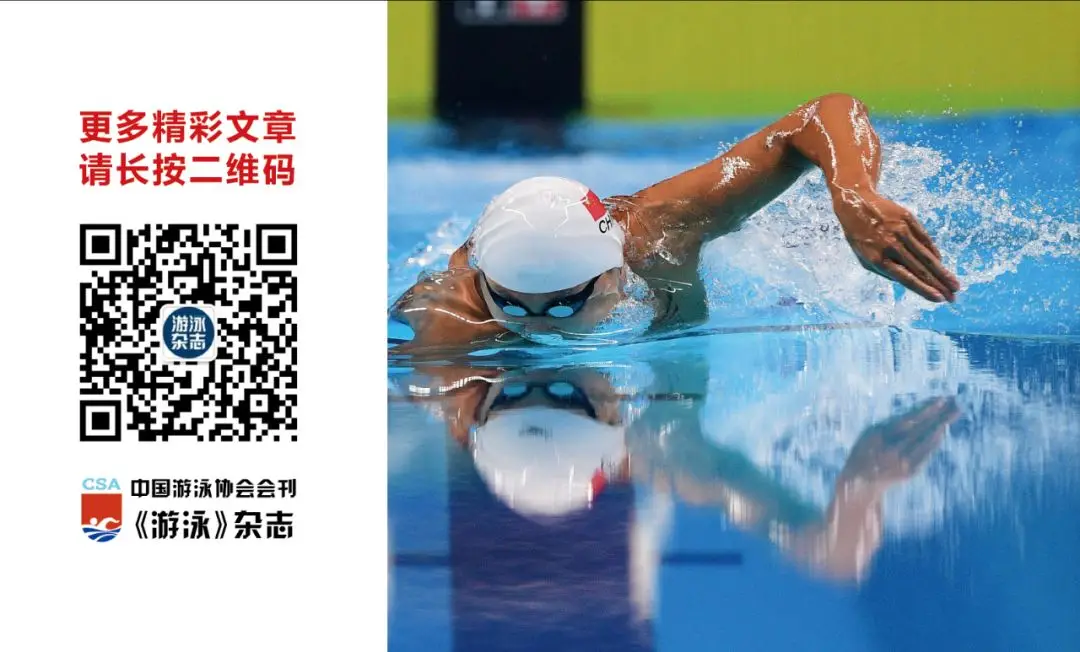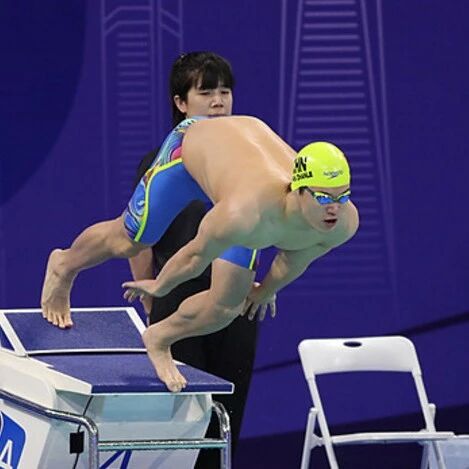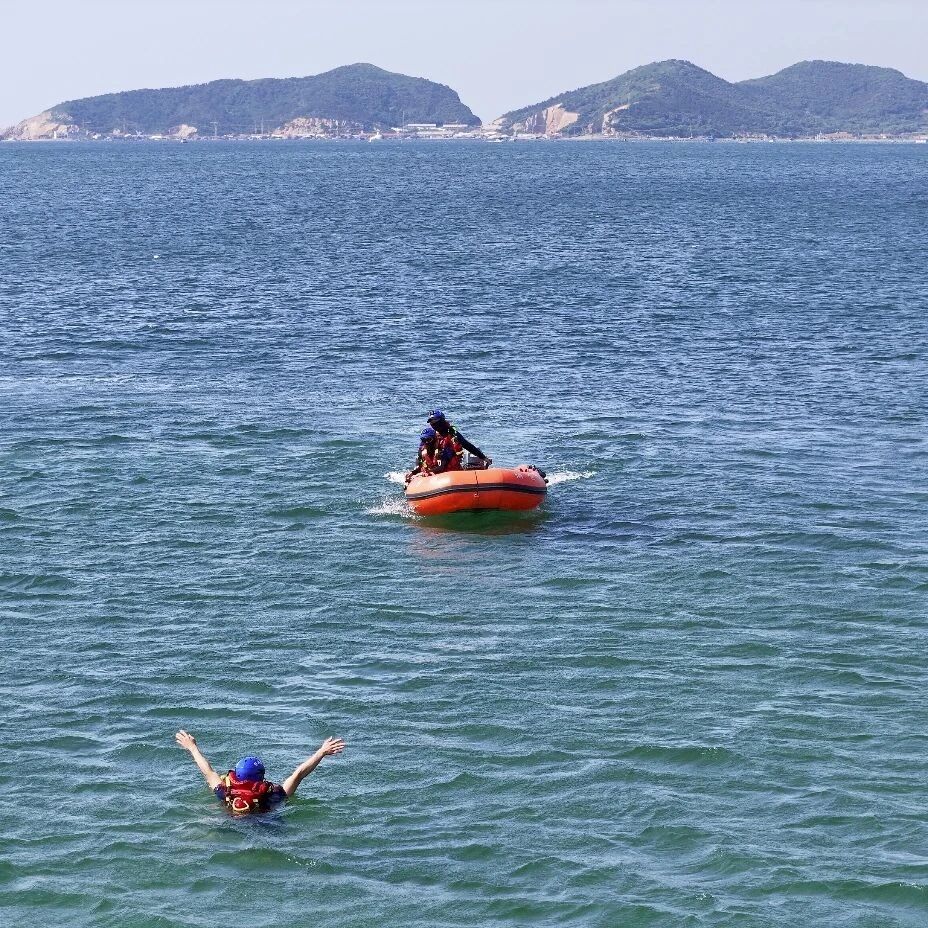5 details that every swimming expert knows—but most people overlook

Many people, after learning freestyle swimming, inevitably hit an awkward stage—
"I'm clearly swimming hard, but my speed isn’t picking up at all!"
"Before I knew it, I was gasping for breath and my body was all wobbly!"
Actually, this isSome small details weren't handled well.
Freestyle may look free and effortless, but to swim faster and with less effort, the key lies in three essential points:
👉 The body's sense of balance
👉 Streamlined posture
👉 Coordination of action timing
Let’s take a look at the five most common "freestyle pitfalls" in swimming pools—have you fallen into any of them?
① Asymmetrical arm raises—root cause of body imbalance
Many people, as they swim, find themselves drifting constantly to one side—often, though, the issue isn’t the pool; it’s you.Two arms are uncoordinated.
Most people don’t have perfectly equal strength in their left and right sides—
👉 Some people are flexible on the left side but stiff on the right;
👉 Some people breathe easily on one side, while struggling to hold their breath on the other.
This leads to: When swinging the arms, one elbow rises higher while the other rises lower.
As a result—the forward extension is asymmetrical, the body wobbles back and forth, and resistance increases significantly.
📍Solution:
When practicing the arm recovery, consciously aim for symmetry in both sides, paying special attention to bringing your "high elbows" out of the water. You can film yourself more often and compare the footage—identifying the issues will make it easier to correct them.
② The "mismatched mix-and-match arm"—where the rhythm of the movement completely falls apart
Some swimmers are even more "creative"—on one side, they use the standard high-elbow arm recovery, while on the other, they whip their arms to propel themselves through the water.
The resulting movement looked like "two hands fighting each other," with the rhythm completely thrown off.
This "mixed-style freestyle" not only feels unstable but also disrupts your breathing rhythm, leaving you increasingly fatigued as you swim.
📍Solution:
Keep your movements consistent on both sides—don’t try to innovate on your own. In freestyle, the biggest enemy is "asymmetrical motion," as it leads to wasted energy. If you want to swim farther and more efficiently, achieving uniformity in your strokes is the first essential step.
③ Cat-washing-style freestyle — looks intense, but actually just paddling in place
This is the most common "fake busyness" in the pool.
Many people, as soon as their hands enter the water, immediately pull back—without properly scooping the water.
The arm extended forward, leaning slightly toward the midline instead, resulting in a chaotic, random swiping motion—
No water, no force—just relying on the palm of your hand to "rub bubbles" on the water's surface.
It looks like the arms are flying up and down, but in reality, they’re not moving the water at all.
This is what’s known as “cat-washing-style swimming”—exhaustingly tiring, yet you don’t move forward at all.
📍Solution:
After entering the water, extend your arm forward first, feel the "resistance" of the water, and then begin to catch and pull through the water.
Truly efficient freestyle swimming feels like "the water is pushing you forward," not you frantically churning the water.
④ Relax your hips—let the entire "boat" drift effortlessly.
This is something too many people overlook.
Freestyle isn’t just about your arms and legs—The core and hips are the engine's "stabilizers."
If your hips are completely relaxed, your body feels like a weightless little boat.
A single stroke causes wobbling, and each kick sends you off course—your power is entirely wasted on "keeping your balance."
📍Solution:
Slightly tighten your glutes while swimming to keep your body in a straight line.
You'll notice your body feels instantly lighter, and your kicks become more powerful.
The hips can only relax when sleeping and getting an injection.
⑤ One stroke, one breath— the more you switch, the more out of breath you become, and the more chaotic your swim gets.
Many people feel most anxious about breathing when they first start learning freestyle swimming.
Accidentally taking a sip of water or choking on air only makes you more panicked—so much so that you end up switching to "one stroke, one breath" instead.
What appears to solve the "breath-holding" problem is actually a vicious cycle—
Because as soon as you breathe, you disrupt the rhythm—your arm strokes and kicks fall out of sync, leaving you even more oxygen-deprived.
📍Solution:
It's recommended to start with "three strokes and one breath," helping your body first get accustomed to the rhythm.
Once your posture, kicking technique, and balance are all stable, you’ll be able to breathe naturally—calmly and effortlessly—allowing you to swim farther with ease.


Related Articles

On Day 7 of the 2025 National Swimming Championships: Pan Zhanle wins his 8th gold medal; Li Bingjie completes a historic sweep of all middle- and long-distance freestyle events; and Xu JiaYu and Tang Qianting both break the meet records in their respective semifinals.

Wang Shun unveils a nine-grid tribute to bid farewell to 2024: No regrets!
